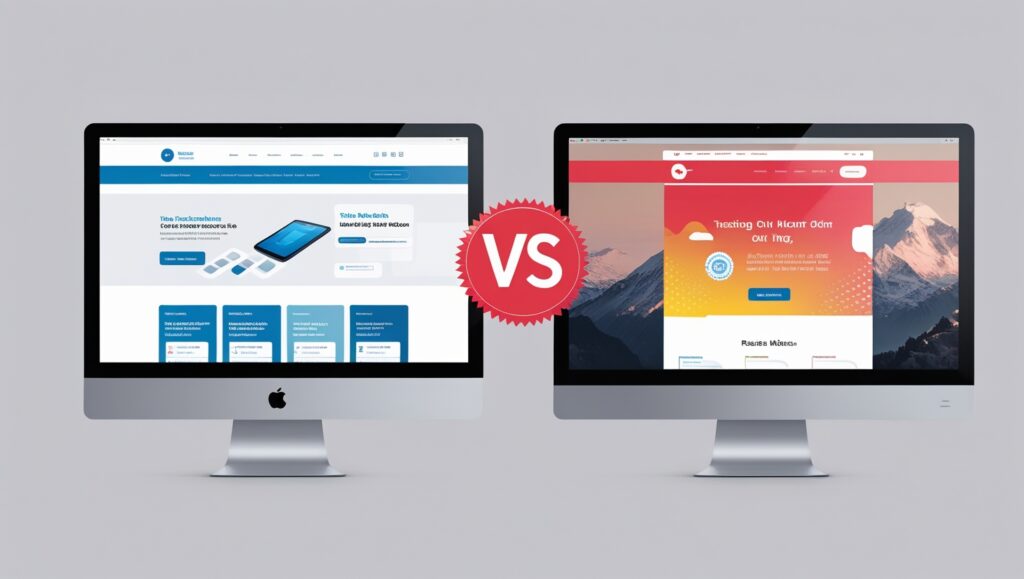Online shopping has become part of our daily lives, offering convenience and often more competitive prices than physical stores. However, this popularity also attracts scammers who try to deceive unsuspecting consumers. In this article, we will explore the most common online shopping scams and how you can protect yourself to avoid falling into traps.

- Fake Websites
Scammers create fake websites that mimic well-known stores to deceive consumers. They often offer extremely low prices to attract victims.
How to avoid it:
Check if the website has an SSL certificate (padlock in the address bar).
Research store reviews on sites like Trustpilot and social media.
Prefer well-known stores or those verified by reputable marketplaces.
- Irresistible Offers
Extremely high discounts can be a sign of a scam. Often, the products are never delivered or are counterfeit.
How to avoid it:
Compare prices on different websites to assess whether the discount is real.
Be wary of offers significantly below market prices.
Check the seller’s reputation before making a purchase.
- Pix Scams and Fake Invoices
Scammers send fake invoices or payment QR codes to capture your money without delivering the product.
How to avoid it:
Always generate invoices directly on the store’s website, never via email or WhatsApp.
Check the recipient’s details before confirming the payment.
Prefer payment methods that offer protection, such as credit cards.

- Fake Social Media Profiles
Many pages on Instagram and Facebook pose as legitimate stores to deceive consumers.
How to avoid it:
Be wary of profiles with little real interaction and few followers.
Check if there is an official website linked to the profile.
Prefer paying through secure platforms instead of direct transfers.
- Card Cloning
Entering data on untrustworthy sites can lead to your data being stolen and used for fraudulent purchases.
How to avoid it:
Use virtual cards for online purchases.
Enable bank notifications to monitor suspicious transactions.
Never save your payment details on unknown websites.
- Free Shipping Scams
Some fraudulent stores advertise free shipping to attract consumers and then disappear without delivering the product.
How to avoid it:
Check the store’s reputation before purchasing.
Read the delivery terms to avoid surprises.
Prefer payment methods that offer refunds, such as PayPal and credit cards.
- Phishing and Fake Emails
Fake emails mimic major stores to steal personal and financial data.
How to avoid it:
Never click on suspicious links received via email or SMS.
Check the sender and URL before entering your details.
Access the store’s website by manually typing the address in the browser.

Final Tips for Safe Shopping
✅ Prefer well-known and verified websites.✅ Read reviews from other customers before completing a purchase.✅ Use virtual credit cards and secure payment methods.✅ Be wary of deals that seem too good to be true.✅ Keep your antivirus software updated and avoid public connections when entering banking details.
By following these tips, your online shopping experience will be much safer and scam-free. Stay alert and share this information to help others protect themselves too!
Did you like this article? Leave a comment and share it with your friends!